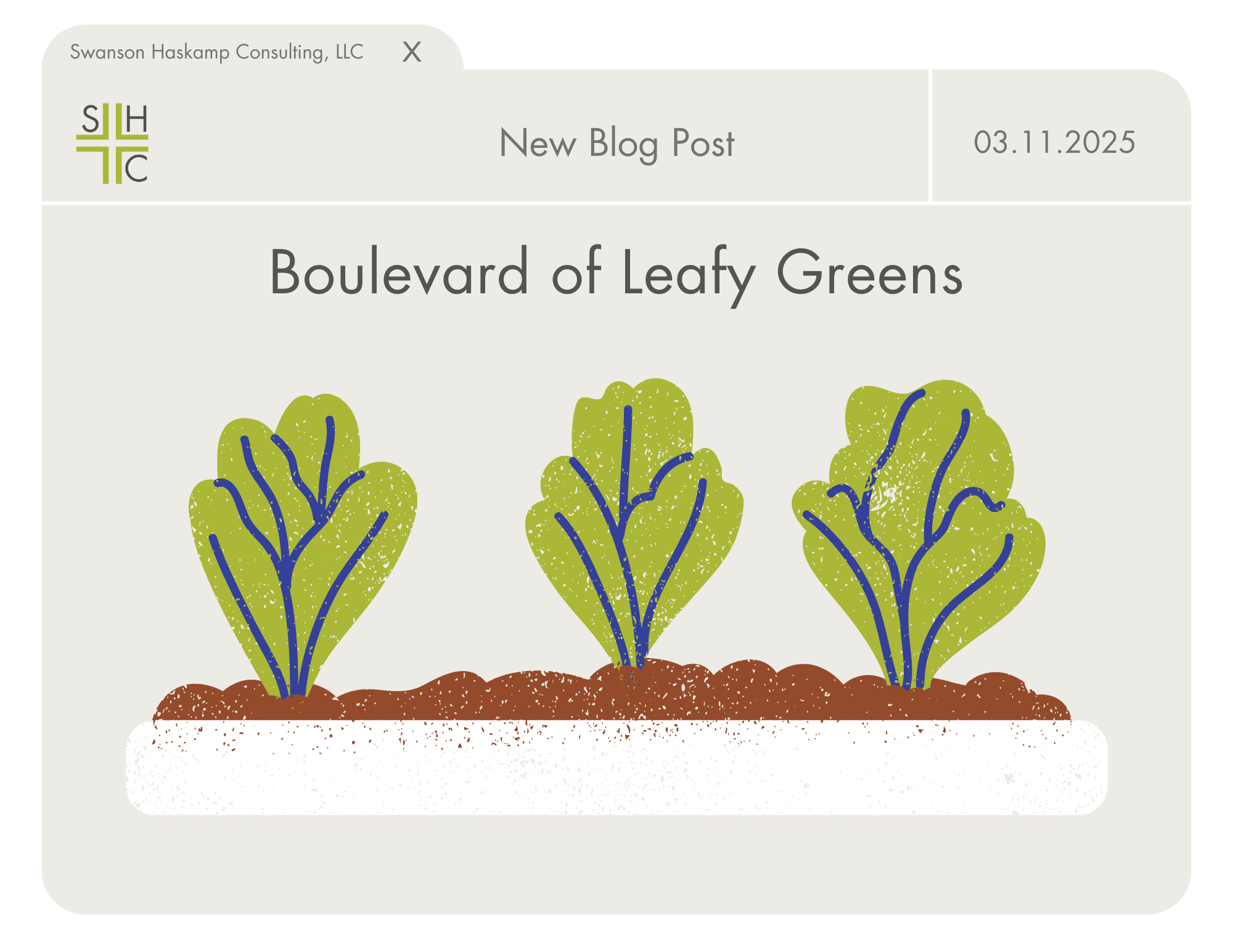Boulevard of Leafy Greens
Spring is almost upon us! As the weather gets warmer and the days get longer, gardeners may start to consider options for the upcoming growing season. This year, Minneapolis residents can grow fruits and vegetables in their boulevard. On February 27th, the Minneapolis City Council unanimously passed an amendment to the existing ordinance allowing residents to utilize the greenspace between the road and the sidewalk outside their home (known as a “boulevard”) for gardening. Many boulevards in the City already feature growing boxes or garden patches, but the new amendment explicitly permits them while establishing a few standards and restrictions.
For example, to maintain clear sightlines, vegetation taller than 18-inches is not permitted within 40-feet of intersections. Garden plants must also be maintained so as to not extend into the roadway sidewalk.
A previous draft of the amendment included a $50 permit for boulevard gardens, but this was later removed due to public pushback.
Ultimately, the amendment was intended to make it easier for residents to grow their own food. Many residential units in the City don’t have a back yard or space to garden, so the boulevard may be the only viable option. Additionally, with grocery prices on the rise, growing food in the boulevard may prove to be an economic means to having fresh fruit and vegetables on hand.
Minneapolis is among a handful of other cities that have passed similar amendments in recent years. For instance, the neighboring city of St. Paul passed an ordinance permitting boulevard gardens last year. Growing edible plants in the boulevard isn’t a new idea, but it grew in popularity during the COVID-19 pandemic. It’s not only a relatively low-cost way to have fresh fruit and vegetables, but it also can be a way to connect with others in the neighborhood or community.

